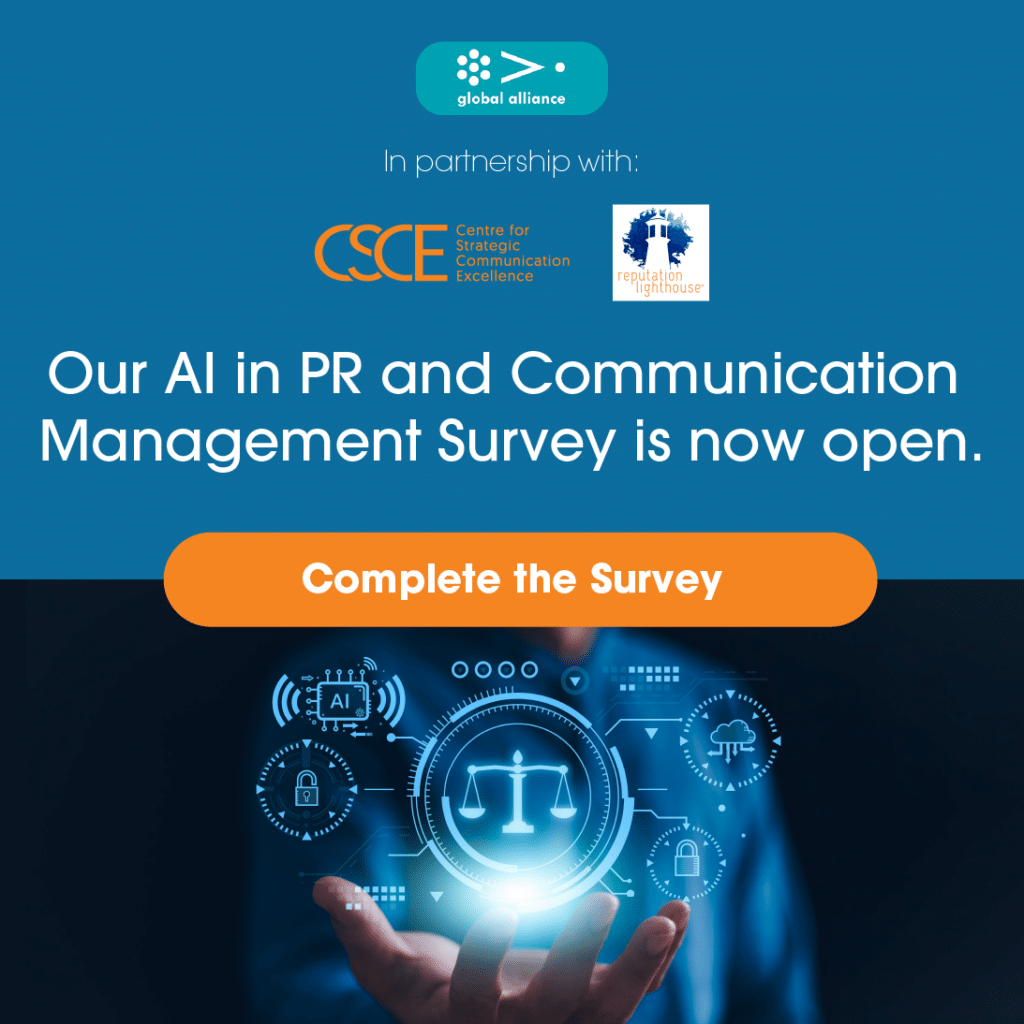Employee-focused professions have seen a rapid transformation over the last 50 years. It’s this speed that has led to a plethora of definitions, functions, as well as job titles – Personnel, Human Resources (HR), People & Culture, Internal Communication, Employee Communication, Employee Engagement, and Employee Experience. But what does it all mean and why are they vital for the success of your business?
In this series, we take a look at how the employee-focused professions have evolved, put some rigour and consistency around the terms involved, and share some concrete actions you can take to measure and manage your employee experience for business success.
In this first article, we consider the business case for focusing on employee disciplines, as well as taking a look at how they evolved. The second article focuses on establishing a consistent, professional vocabulary which facilitates shared understanding and value. The final article shares the concrete actions that you can take to measure and improve your Employee Experience.
Employee engagement and employee experience are profit drivers

That’s a bold statement and one not commonly made. I bet you’re thinking that your Communication and HR Departments are cost centres. But it’s a claim that is backed up by robust data. Companies with the highest levels of employee engagement see a 23% increase in profitability, an 18% increase in productivity, 43% lower staff turnover[1], and 233% greater customer loyalty[2]. Just pause for a minute to think about what that could mean to your bottom line.
Of course, it’s not rocket science to draw the connection. Engaged employees who have meaningful work, psychological safety, good career development opportunities, and feel respected and seen will care about their company’s success, work harder, stay longer, and focus on the things that matter strategically. But recent research shows that the global average for employee engagement is 23%. Only 20% of Australian employees are actively engaged (ranked 67th globally), 21% of New Zealand employees (ranked 59th globally), and 10% of UK employees (ranked 115th). The US performs better with 34% of employees actively engaged (ranked 8th globally). It’s estimated that poor employee engagement results in USD8.8 trillion in lost productivity globally, that’s equivalent to 9% of global GDP. [3] For a median-size S&P 500 company, poor employee engagement and attrition can cost up to USD1.1 billion in lost productivity over five years.[4]
But what is employee engagement? Isn’t it the same as employee communication? And what about employee experience? Are these the responsibility of Human Resources (HR), or Communication? We need to start at the beginning and look at how employee-related disciplines have evolved over the last fifty years.
A Quick History Lesson
To really understand how HR, Employee/Internal Communication, Employee Engagement, and Employee Experience have evolved, we need to take a quick dive into the societal and technological innovations that underpin them. We’ll also look briefly at the changing theories around the psychology of work that have influenced HR and internal communications. [5]
‘Personnel’ to ‘HR’ to ‘People and Culture’
1950s-style Personnel departments focused on the back-office processes of employment and legal compliance, transformed themselves in the 1980s into Human Resources – HR. This shift was driven by changes in societal attitudes towards harassment and discrimination, along with new legislation that imposed significant obligations on employers. During this period, HR gained a reputation as the ‘behaviour police,’ a perception that has persisted, often unfairly. Fortunately, in the last four decades, HR departments have evolved (at varying rates) into strategic business partners with responsibility for areas such as training and development, recruitment, succession planning, benchmarking, and often employer brand and culture. The HR department you know today is more likely rebranded as People and Culture or Employee Experience to reflect their changing priorities and move from back-office function to strategic business partner.
‘Internal Communication’ to ‘Employee Engagement’
While many companies had an internal newsletter or magazine from the beginning of the 20th century,the Internal Communication Department really has its roots in 1970s industrial action. Organisations began to see a need for strategic communication in response to the increasing agency and demands of employees. That said, it took another thirty years for internal communication to truly evolve past memos, notice boards, and arranging the office Christmas party. Often this journey has been hard fought, with professionals struggling to elevate internal communication to the same level of importance as external communication. Internal communication was often ‘gifted’ to a junior employee as a side project. With little experience and power within the organisation, it was often difficult for them to drive genuine change. It is only in the last fifteen years that internal communication has truly emerged as a key driver of employee engagement, a trend which was accelerated by the pandemic.
Psychology of work
As employees began to have greater expectations around strategic communication from leadership, the field of organisational psychology was also evolving. In the bad, old days management theory was based on the false notion that employees were inherently lazy and uncooperative and needed to be forced to do their jobs through a ‘carrot and stick’ approach and constant oversight (a perspective that unfortunately persists in pockets today). Fortunately, the 20th century saw new ideas which shifted perspectives on employee motivation. Herzberg’s Two-Factor theory of motivation recommended more employee autonomy, as did McGregor’s Theory Y. McClelland’s Three Needs Theory suggested that people are intrinsically motivated by achievement, affiliation, and power. These were supported by Roger’s theory of self-actualisation, the desire to reach one’s full potential, and Maslow’s Hierarchy of Needs which also culminates in self-actualisation[6].
These theories radically changed management perspectives from the ‘carrot and stick’ approach to a more collaborative and participatory approach, which recognised that the majority of employees are motivated by achievement and good performance in their roles. This was a huge break, as previously it had been assumed that workers were recalcitrant and needed to be micro-managed.
More recent studies have focused specifically on the psychological motivators of work which now underlie employee engagement. We’ll delve more deeply into these later in this series.
Technology
Technological changes have had a tremendous impact on our ability to communicate with, and engage, employees. Until the 1990s, we were limited to physical memos, newsletters, noticeboards, and face-to-face meetings. Email and intranets transformed our ability to communicate quickly to all employees and on a massive scale, although these only benefitted those industries where employees had regular access to a computer. These mass communications methods were also one-way – woe-betide the employee who hit ‘reply all’.
Finally, the introduction of knowledge management systems such as Sharepoint in the early 2000s and real-time communication and collaboration systems including Teams, Workplace and Slack (there are too many to name here) fundamentally altered the internal communication landscape. For employees, the tipping point has been the introduction of social intranets and enterprise collaboration systems which allow for two-way communication, collaboration, and ideation. These systems allow employees to share their ideas meaningfully, collaborate in real time wherever they are in the world, build communities, receive personalised news, and to ‘work out loud’ – sharing their achievements.
Of course, any discussion of technology must consider the impact of social media. Any individual within your organisation can now command an audience of thousands or even millions, and they can do so anonymously. Anything you say to your employees internally should be considered external communication. Along with an understanding of employee engagement, social media has elevated the importance of internal communication.
Covid-19 Pandemic
The pandemic threw office workers into a huge, global, unplanned experiment in working from home. While some measure of flexible working was accepted in many countries and companies, no one was prepared for the scale and extent of the pandemic. Despite outdated notions that employees would slack off if not supervised directly by management, studies show that as a whole, the workforce was more productive at home[7]. The pandemic also accelerated digital trends such as remote working by a multiplier of 43[8], as well as migration to cloud, and customer demand for online products and services.
Inextricable Links
These shifts have clearly not occurred independently. However, the drivers for them are different. Much of the change in HR has been driven by legal and organisational needs, while those in internal communication and employee engagement have been driven by the desires and demands of employees. Depending on the organisation, sometimes the Internal Communication Department was an integral part of the HR function and they evolved together. However, in others, internal/employee communication was an independent part of the Communication function. The model chosen, the skills and expertise of practitioners, and the perceived strategic importance have all played a part in the development of employee-focused professions.
In our next article in this series, we’ll consider what each of the fundamental terms – employee/internal communication, employee engagement, and employee experience – actually mean.
If you’d like to find out more about enhancing your employee experience, please contact us at csce@thecsce.com
[2] Minkara, O. & Moon, M.M. 2015
[5] This is a brief, Western-focused history intended to provide a brief overview of the evolution of Internal/Employee Communication and Engagement/ Experience. It doesn’t represent the experience or pace of change of every country, company, or professional.
[6] This is not an exhaustive list of the psychological theories of employee motivation and doesn’t include more recent theory.
[7] Hall.c. et al, 2023





